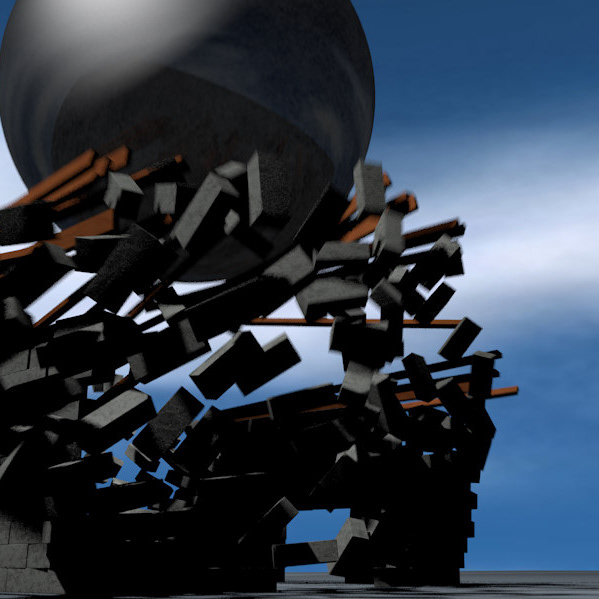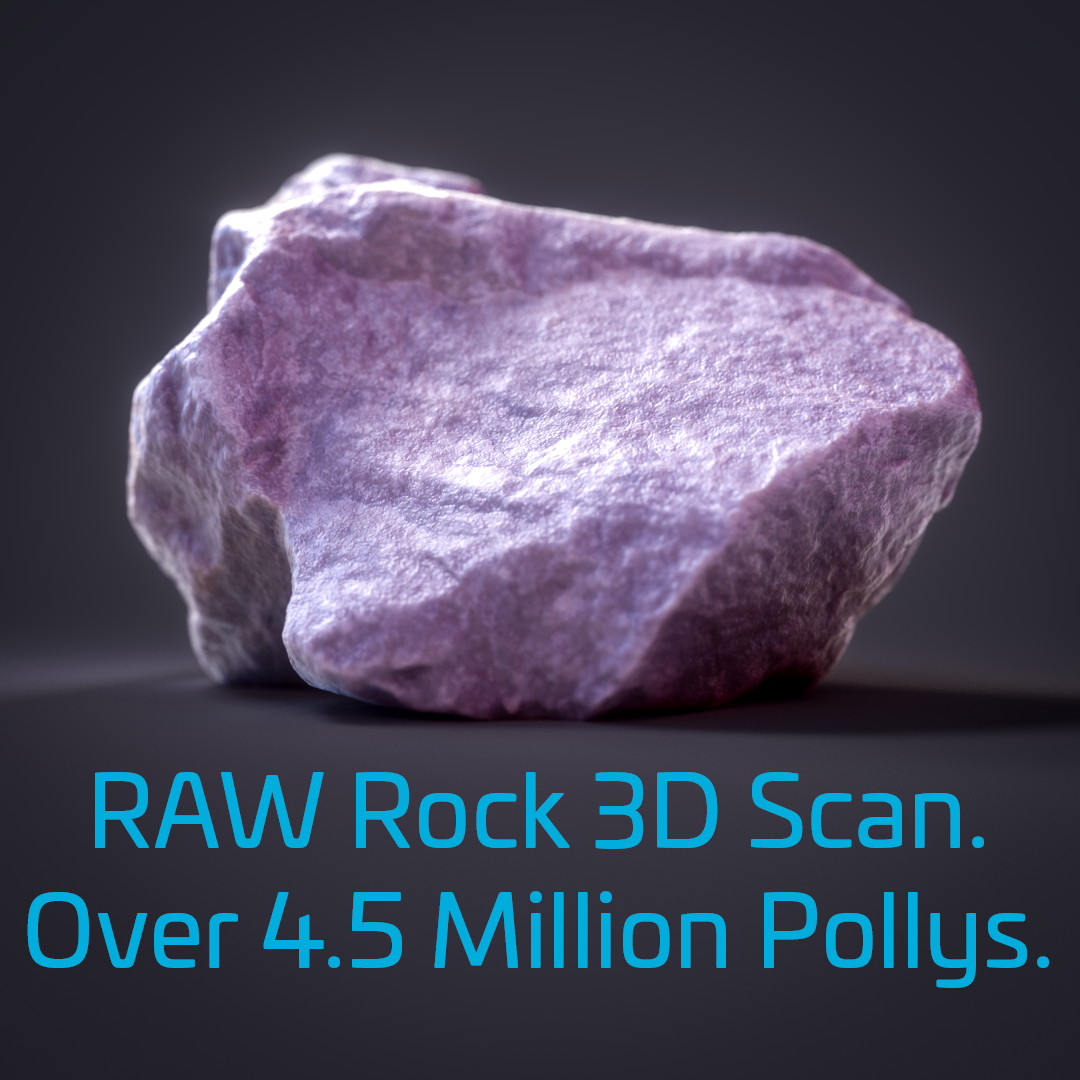My thoughts and experience of Octane are this. First and foremost, its fast, so dang fast, you get spoiled with it. I've been using octane for around 8 months now, and I feel like I could never go back to the Cinema 4D renderer, it's just so much nicer!
There are drawbacks, however. Octane has a very strange naming system, so it's very hard, in the beginning, to figure out how to use it. On top of this, its way of making things is very different then most render engines, especially compared to C4D renderer. This means its very hard to figure out how to do things like SSS volumetric lighting, mixed materials, and so on. There is also not that much documentation on any of this at all. This is what really makes it hard. This all said, if you can learn how to use octane, it ends up feeling much faster and easier then the C4D rendering system. The key is to first figure out how it works, then you can really enjoy the benefits of octane.
It's getting the info to make Octane work that is the hard part. This said, I'm currently working on an Octane C4D Master Course, where I will be teaching everything you could ever want to do with Octane Render. This includes a lot of workflow tips and tricks as well, not to mention showing how to do things that are not documented anywhere, such as Using the Octane Baking Camera. This course will probably take 2 months till it's finished though. That said, I do have a few tutorials on youtube that could hold you over till then.
All this aside, Octane is not perfect. There are drawbacks to it.
There are drawbacks, however. Octane has a very strange naming system, so it's very hard, in the beginning, to figure out how to use it. On top of this, its way of making things is very different then most render engines, especially compared to C4D renderer. This means its very hard to figure out how to do things like SSS volumetric lighting, mixed materials, and so on. There is also not that much documentation on any of this at all. This is what really makes it hard. This all said, if you can learn how to use octane, it ends up feeling much faster and easier then the C4D rendering system. The key is to first figure out how it works, then you can really enjoy the benefits of octane.
It's getting the info to make Octane work that is the hard part. This said, I'm currently working on an Octane C4D Master Course, where I will be teaching everything you could ever want to do with Octane Render. This includes a lot of workflow tips and tricks as well, not to mention showing how to do things that are not documented anywhere, such as Using the Octane Baking Camera. This course will probably take 2 months till it's finished though. That said, I do have a few tutorials on youtube that could hold you over till then.
All this aside, Octane is not perfect. There are drawbacks to it.
#1 The first drawback is, you must have a Nvidia GPU to use Octane render, this is also a plus, as this lets you place multiple Nvidia GPU's in one system to render extremely fast, but at the same time it means you cant use AMD GPU's or your CPU to render with.
#2 The second drawback is Octane stores all of your scenes you want to render in your GPU's VRAM, this means you will not be able to render as big of a scene because Vram on GPU's tends to be much smaller than regular RAM. For example, my PC has 16 gigs of standard RAM, but my GPU only has 4 gigs of Vram. This is a lot less space RAM to use for holding my scene for rendering. This means octane won't be able to render as big of a scene since it doesn't have as much VRAM. This all said Octane is very efficient with its storage of VRAM, as I found that Octane could hold the same amount of Geometry and scene data as Arnold while using almost half as much RAM. This is because Vram has different storage sizes. So just because it took 6 gigs to hold on regular RAM, this does not mean you 4gig VRAM GPU cannot hold it. In fact, you will probably be able to hold that, because 6 gigs of RAM = to about 3.5 gigs of Vram. Give or take.
#3 Another drawback of octane, is that you can not, at this time, render hair with color differences on the root and the tip. So if you want to make hair that has a blue root, and a red tip, you can not do this with Octane. If this is something that you really really must have, then you may want to look into Arnold for the time being.









